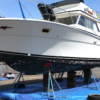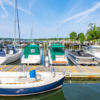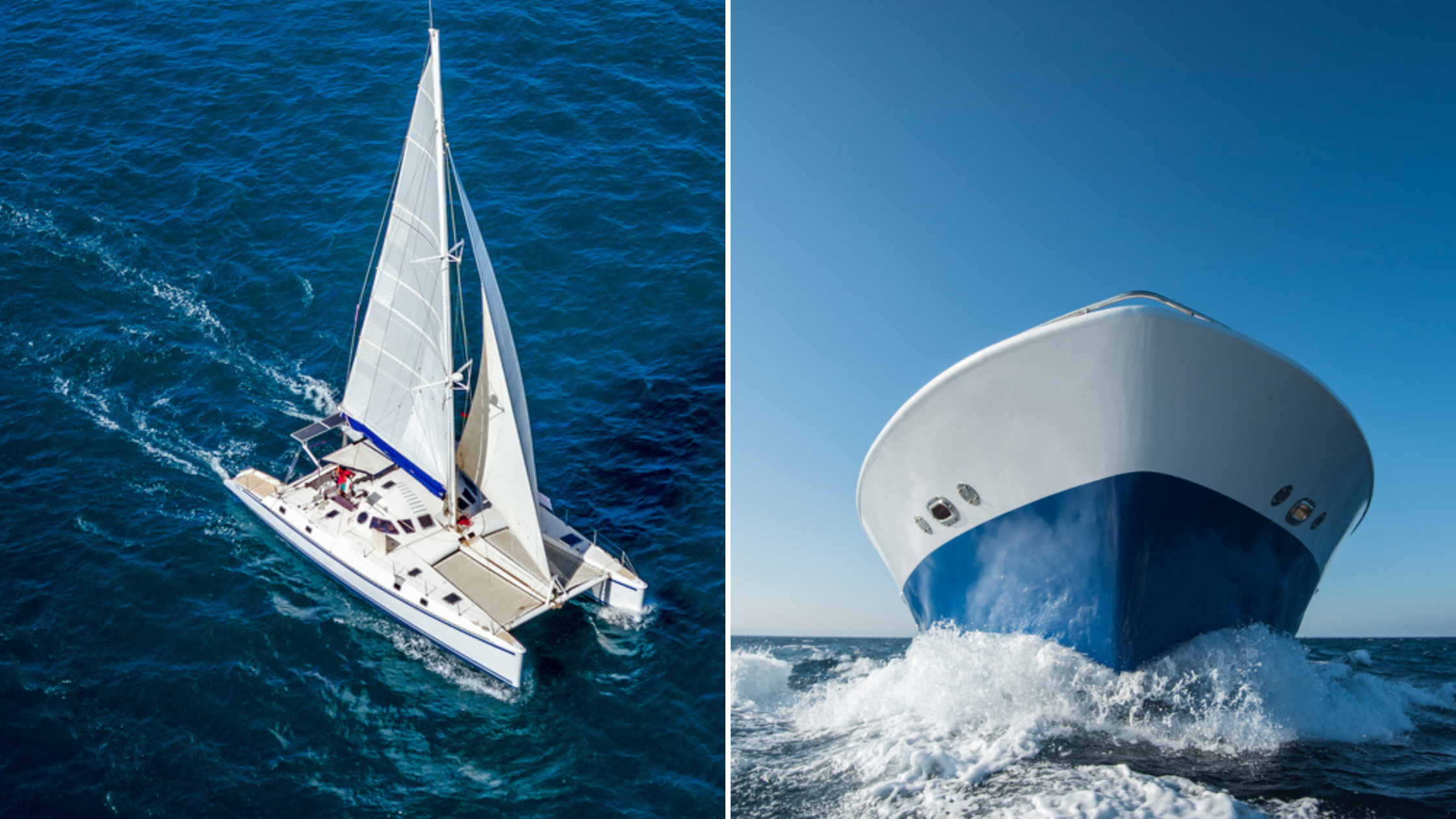
You may have heard multihull enthusiasts say that a monohull is just a half of a boat. Monohullers, on the other hand, think catamarans are awkward and poor upwind performers. Debates about which is better can be heard at yacht clubs around the globe, so who is right? The answer is that there is no clear answer. Cats and monohulls are just different with varying pros and cons to each. Let’s take a look.
The Benefits of Catamarans
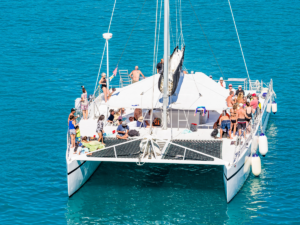 Space: There’s more space on a cat per foot of overall length – about 1.2 times more. (Example: a 50-foot cat has the room of a 60-foot monohull.) There are generally four cabins which enjoy greater privacy, a large salon, an open cockpit, and better ventilation on a cat. There’s also more shelter from sun and rain under the Bimini.
Space: There’s more space on a cat per foot of overall length – about 1.2 times more. (Example: a 50-foot cat has the room of a 60-foot monohull.) There are generally four cabins which enjoy greater privacy, a large salon, an open cockpit, and better ventilation on a cat. There’s also more shelter from sun and rain under the Bimini.
Less Seasickness: Cats move differently from monohulls and they don’t really heel. The ride isn’t as smooth, but it is fairly upright, and that generally induces less seasickness and fear.
Stability: With twin hulls, cats are inherently stable, especially when at rest in an anchorage. That makes for easier walking around and better sleep on a level bed.
Draft: Even large cats don’t draw much more than five feet which makes them ideal for shallow-water cruising. Every foot saved below the waterline, translates to more world to explore.
Maneuverability: Twin screws set 20 feet apart provide better control under power even at slow speeds. This makes cats with two engines easier to dock and maneuver in tight quarters.
System Redundancy: Cats carry two of just about everything including engines, bilge pumps, etc. This means that if you experience a system failure, chances are you have other equipment to help get you home.
The Benefits of Monohulls
Sailing Performance: When sailing, monohulls are usually better than cats. Upwind, cats sail like shoeboxes which is to say not well unless they’re high-end performance designs with high aspect ratio rigs and narrow hulls. They don’t point close to the wind which equals more tacking and more time to get to a windward destination.
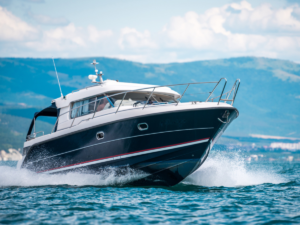 Motoring Performance: Cats don’t like going into head seas. Where a monohull will heel and slice through waves, cats tend to pound down onto the waves with their bridge deck and the ride can be rough. Cats also waddle in the waves and that takes some getting used to.
Motoring Performance: Cats don’t like going into head seas. Where a monohull will heel and slice through waves, cats tend to pound down onto the waves with their bridge deck and the ride can be rough. Cats also waddle in the waves and that takes some getting used to.
Tradition and Familiarity: Monohulls have been around for centuries and many people have a singular vision of what a boat should be. For people who aren’t used to multihulls, cats are big, scary, weird and difficult to drive. Some boaters just don’t take to boats they consider to be “newfangled”.
Availability: There are still more monohulls in the world than cats whether for private sale or in charter. This is also what makes them more familiar and traditionally accepted.
Expense: In general, cats are more expensive than monohulls because there is more fiberglass structure and more systems involved. Due to their beam, cats are also more expensive to berth and a suitable slip can be hard to find.
Choose Wisely
Cats, especially powercats, are the fastest growing segment of boating with the exception of pontoon boats which are, arguably, cats as well. Many people first experience catamarans in charter and with their interest piqued, some become cat converts.
There’s no right or wrong choice when it comes to the debate of catamaran versus monohull. It just depends on how you boat, where, with whom and what your budget is. In the end, pick what works for you and don’t let anyone tell you that you have the wrong number of hulls.




